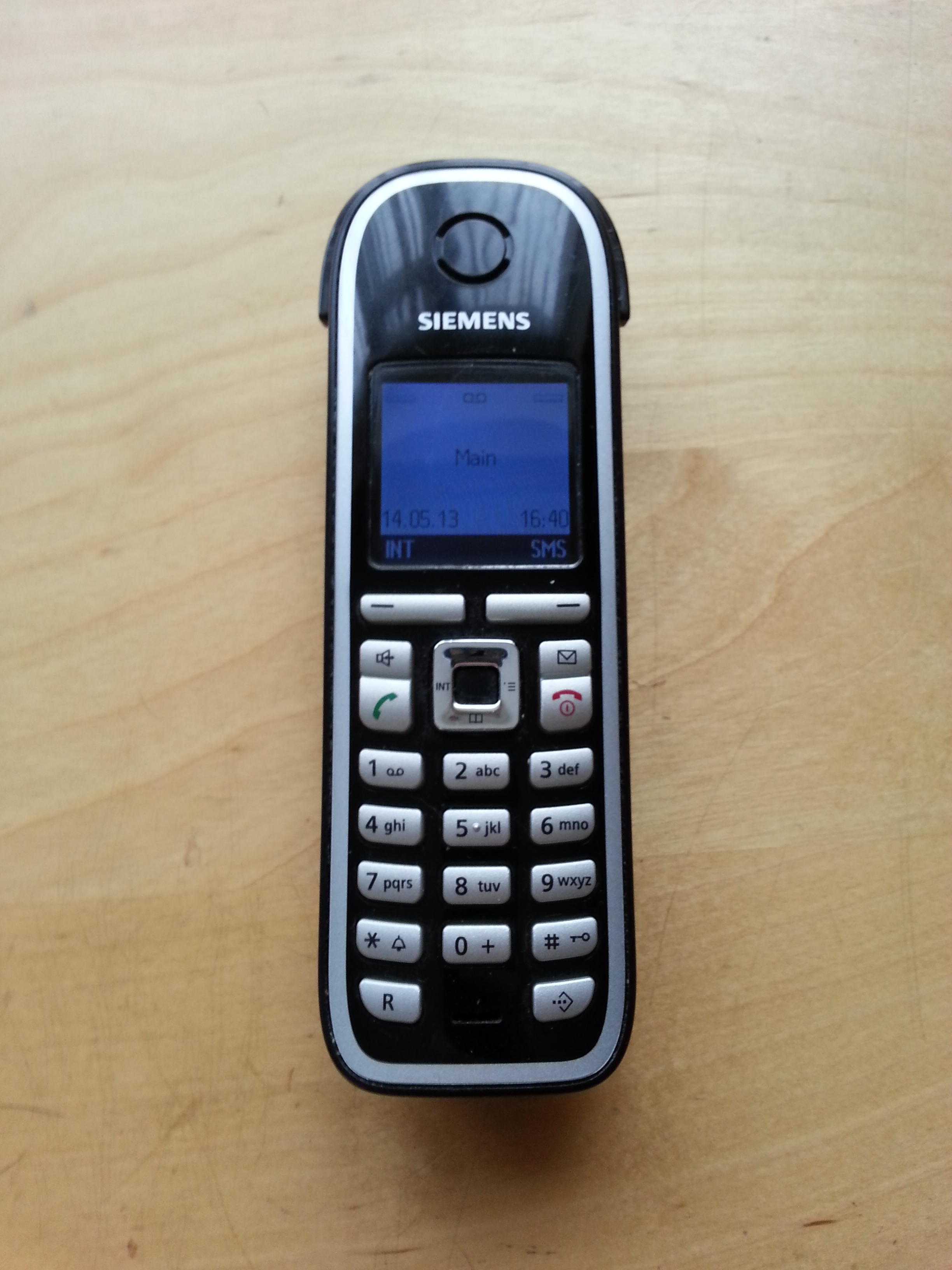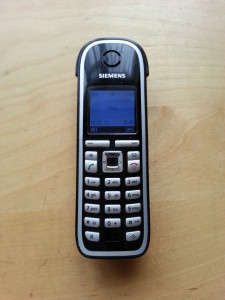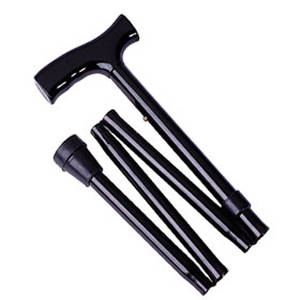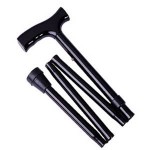“What do you do?”
The question I dread. The question I cannot answer. Not without losing face, anyway.
“What do you do?”
I sit on Twitter.
That’s what I do. All day. Mostly on a tablet. On a laptop or desktop PC when I am well enough. On a phone in bed when I am not. I’m there when I wake up in the morning. I’m there at 2am. I don’t really leave. I watch the stream of tweets flow past. And believe me, when you follow more than 3,000 people they really flow.
It fills the time between hospital appointments. The endless stream brings me news, jokes, struggles, friendship. It fills my browser with tabs to read. So many that I barely have enough time to look away from the stream to read them.
It’s not like I can do much else since I became too sick to work. Mitochondrial myopathy and a whole catalogue of other problems have robbed me of my concentration, my ability to go to my office, to talk, sit, walk or stand when employment demands it. I can’t do the things that employers are willing to pay for anymore, but I can tweet. And I do. A lot.
I still crave usefulness though.
“What do you do?”
I tell people what I think will make them see me as like them. As a productive member of society. I tell them I am an activist. A welfare and disability rights campaigner. I am, too. Twitter has got me involved in campaign groups, put me in touch with people doing anything they can to get the truth in front of media and MPs. Twitter has found me radio and TV interviews and eventually lead to me being part of a Judicial Review over PIP. Through Twitter I have listened to the despair of many sick friends when they try to get the help they are supposed to get. I advise them, tell them where to find the hidden rules, how to get help to get help. Through my own trivial tweets, I am told, I help others to realise they aren’t alone, that their illness isn’t imaginary. They have done the same for me. I have made people aware of injustice, of the fights against that injustice. I have shown them protests and struggles. I have done more than I ever did when I had a nearly functional body and brain.
But all of this takes a toll. I am not well. I am very much not well. Physically and mentally I struggle through every day, and these days, Twitter is an endless bombardment of despair. For me Twitter suffers from having split purpose. It is a space to meet friends, sure, but it is also a public speaking platform. It is a news stream. Since all my friends care about the horror of the world, even when I want to withdraw from that to recover I still see what they are talking about. Twitter is a place for intimate sharing, for larger social circles, for staying aware of what is happening, and for speaking out. The biggest problem comes when a tweet meant only for one of those purposes crosses over to the others. When a minor personal gripe to a close friend becomes an international phenomenon embedded in news stories everywhere.
Over the last few years my tweets have attracted attention. Not huge by media standards but still enough that I will often get 100 retweets on something I said. I am pretty good at accidental anger that people share and amplify. If I am on a roll I can have several tweets like this on the go at once and that makes my notifications… interesting. My tweets about illness attract replies from friends, of course, but also from more distant acquaintances. They often attract unwanted advice that is irrelevant or I have already tried and discarded years before. My political tweets often receive insults or abuse from right-wing people who have come across me being retweeted. The questions, advice, insults and abuse all make me panic and retreat from Twitter. Well, that’s not quite true. I have started retreating to a private locked twitter account which just a few friends are able to see. I don’t think this is uncommon either. Quite a few people have a locked Twitter account alongside their public one, especially people who aren’t straight white cisgender men.
Admitting to having a locked account will make some of my followers sad and for that I am sorry, but this raises another aspect that I am struggling with. I have been very open about physical and mental illness and as a result I have far more people emotionally invested in me than I could ever keep track of. I feel guilty about this every day because I wish I could return the friendship shown to me. Sometimes even the friendly responses are too much for me to deal with and so I have said less about personal things on my public account and only put a few of them on my locked account instead. When I finally managed to admit and talk about my gender dysphoria I did that almost exclusively on my locked account - which is messed up in itself because I have been unashamed of physical and mental illness yet too ashamed of my gender to talk publicly.
I am not sure if there is any solution to the problems I have mentioned. I am bad at segregating my tweets between accounts and in any case I feel useless when something I said could have helped someone else but stayed hidden away. I have thought about deleting my public twitter account but that would be a waste of something that can do a lot of good. I have considered unfollowing everyone and then adding back only a few people so that I see less awfulness but that would upset many people and not address the replies that I cannot deal with.
I am not asking for advice - as should be obvious if you just read this blog post. I guess I will continue with Twitter, continue to raise my voice about the problems that I see, because that is what I do.
“What do you do?”
I shout.




 Sometimes I have to use a walking stick. I walk with a stick because sometimes the pain is too much to put weight on my legs, or my muscles are too weak to hold me up, or I am too dizzy and lack the balance to remain upright. I especially need the stick when I am standing still as without it I can fall over due to all of the above.
Sometimes I have to use a walking stick. I walk with a stick because sometimes the pain is too much to put weight on my legs, or my muscles are too weak to hold me up, or I am too dizzy and lack the balance to remain upright. I especially need the stick when I am standing still as without it I can fall over due to all of the above.